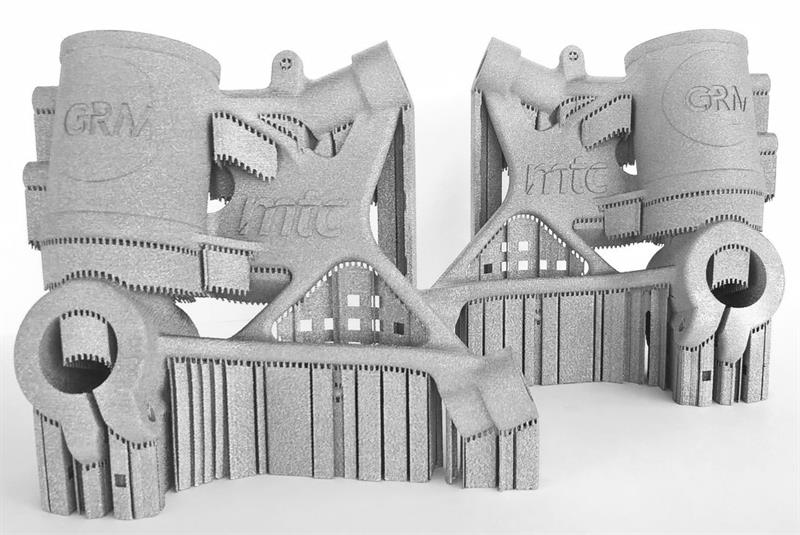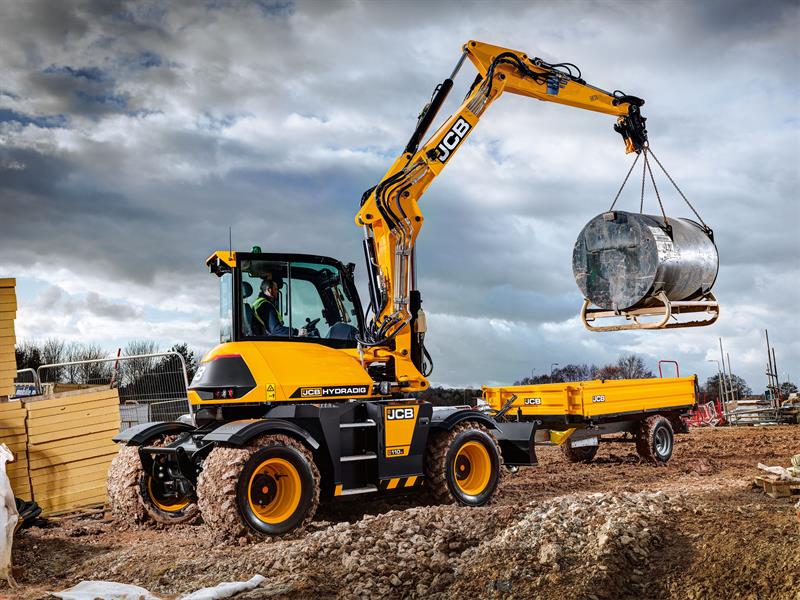The Innovation Zone, located on stand B2, will features eye-catching and stimulating projects, many of which will be the subject of conference sessions. Some of these will be made using components and materials being exhibited by the vendors in the show. While all these tools are available for all engineers in the UK, the Innovation Zone features some of those projects where the engineers quite simply ‘got it right’.Here is what you can see.
Innovation Zone
 Lightweight supercar
Lightweight supercar
Elemental will be displaying its RP1 lightweight track day car at this year’s Engineering Design Show. Weighing 540kg, it’s front and rear diffusers create 200kg of downforce at 100mph.
The RP1 achieves superior stiffness thanks to its carbon fibre tub with a feet-up driving position usually seen in Formula One. Ride height, and underbody aerodynamics can be adjusted as well as pedal position which allows drivers of virtually any height to drive it.
Out of this world
Early stage space tech company, Oxford Space Systems’ AstroTube Max boom represents a new generation of space hardware. It has been designed to be as versatile as possible to suit a range of space and satellite mission needs such as to deploy communication antennas, scientific instruments and electric propulsion systems.
The AstroTube Max boom uses proprietary flexible composite.This novel means of actuation sits inside a nested stack of space-grade carbon fibre tubes.When powered, a mechanism unrolls the unique material from a storage cassette and feeds it into the stored stack of tubes. These then extend and retract the tubes like a telescope.
 Improved motorcycle fork end
Improved motorcycle fork end
The Manufacturing Technology Centre (MTC) is showcasing a motorcycle fork end that has been additively manufactured from 7075-T6 aluminium and a titanium alloy. The design project was a continuation of a CASIM funded project between the MTC and SME design consultancy GRM.
After several design iterations, an improved fork end design was manufactured and, despite the use of denser material, was 50g lighter than the original design while offering improved fracture toughness. The MTC says that the weight reduction and improved material properties justify the increased manufacturing cost.
Different digger design
JCB will lend the Coventry hall its innovative Hydradig, the first wheeled excavator designed for operating within inner city construction sites. It bridges the gap between full-size excavator and a mini-digger, allowing better visibility from the cab as the engine is housed underneath, rather than at the back to provide a counterbalance, providing it with twice the lifting capacity.
The Hydradig is 35% smaller than the previous 3CX Compact, yet has maintained its speed and power. According to JCB, the Hydradig is the construction industry’s equivalent to keyhole surgery because it is smaller, can be in and out quicker while doing the same job as a bigger excavator.
 BuddyWOTCH
BuddyWOTCH
This wearable, provided by Renfrew Group and Aseptika, has been designed to provide ‘expert’ pathways for use by patients, carers and healthcare teams to inform, manage and report the success of self-care plans so that patients can remain independent at home, taking the burden off hospitals.
The BuddyWOTCH is aiming for medical device certification and not only monitors fitness levels, it also features sensor-based tests for respiratory diseases.

Future Zone
New to EDS this year is an area to showcase the very latest and emerging design tools and give you the opportunity to try them and discover how they could benefit your design projects.
Virtual Reality has been around with varying degrees of success for many years but in 2016 the processing and software technology is finally available to make these systems really useful in an engineering environment. So, this year VR is taking centre stage in the Future Zone, courtesy of Virtalis and the AMRC.
Collaboration
 Imagine if you could walk through the design of your latest project as it is being developed, to get a feel for how the various components interact with each other and improve it before the prototype is built. Or work on your design simultaneously and collaboratively with your colleagues in different time zones or at the other end of the country.
Imagine if you could walk through the design of your latest project as it is being developed, to get a feel for how the various components interact with each other and improve it before the prototype is built. Or work on your design simultaneously and collaboratively with your colleagues in different time zones or at the other end of the country.
You may need to allow a range of people to have input into your new designs. They could be production engineers, test engineers, production operatives or manufacturing leaders. All of these are in addition to the expertise required from R&D or from mechanical, electrical or electronics engineers. VR tools enable all these stakeholders to work collaboratively and efficiently in the VR environment to perfect the design and gain essential buy-in.
VR could be a game changer for your business, shortening product development times and providing multi discipline communication and understanding.
Contemporary VR systems are flexible, scalable and can be configured and specified to meet your needs, depending on what you want to visualise, the available space, number of users and your budget.
The immersive, interactive 3D visualisation systems in the Future Zone draw on active stereoscopic technology and feature custom screens, specialist computers, custom software and powerful projectors, coupled with eyewear and head and hand tracking. Market applications for you to test include:
- Aerospace
- Automotive
- Industrial
- Marine
- Power generation
- Immersive training
The headsets provided by Virtalis track the motion of the user’s head as well as allowing them to interact with computer models driven by CAD data.
Be sure to step into the Future Zone on stand D61 and immerse yourself in the future of engineering design.











